Clusters occupy the middle ground between molecules and bulk solids. ‘It’s inorganic chemistry in a very fundamental sense,’ explains Stefanie Dehnen. Her research group, at the University of Marburg in Germany, investigates synthetic routes for clusters composed of different types of elements. ‘Clusters can be up to several hundred atoms but they are still atom precise. And this is why they have properties that can be reproducibly used for chemical reactions or optical properties.’
Due to the nature of being composed of different types of atoms, many types of interactions are visible in clusters. ‘You have heteroatomic bonds, you have homoatomic bonds, metallic, ionic, covalent,’ says Dehnen. ‘Some have very very exotic structures.’
The 192-atom zeoball that Dehnen’s team reported in 2012 definitely counts as an exotic cluster. [Sn36Ge24Se132]24– represents the largest known discrete cluster to contain only heavy main-group elements.1 So named because of its spherical and zeolite-esque structure and pores, the polyanion has an outer diameter of 2.83nm, including the van der Waals radii of the surface atoms. It combines two secondary building units; a [Ge3Se9] unit and a [Sn6Se18] unit that share common selenium atoms.
Another noteworthy structure to come from Dehnen’s lab is the intermetalloid structure {[CuSn5Sb3]2−}2, which is composed of three different types of metal atoms.2 Quantum chemical analysis revealed that having antimony and copper in the cluster skeleton makes the monomeric unit behave like an inhomogeneous superatom.
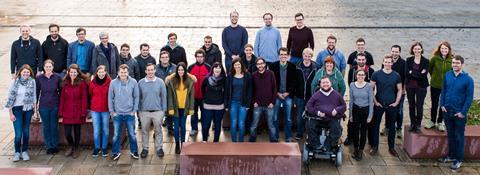
Exceptional properties, however, don’t necessarily need to come from exceptional structures. Dehnen has helped develop tin-sulfide–based molecules with adamantane-like [Sn4S6] scaffolds. Exciting these clusters with infrared light causes them to emit broadband white light so they could serve as cheap alternatives to incandescent white-light emitters.
There are gaps in chemists’ understanding regarding how clusters form, explains Dehnen. ‘We want to find out how they really form step by step. We hope – and we saw that it works – from getting all of this knowledge, we will be in the position to also predict properties, and understand properties and then use them in the end. But the first step is always the fundamental understanding and that is why we emphasise that such a lot.’
References
1 Y Lin, W Massa and St Dehnen, J. Am. Chem. Soc., 2012, 134, 4497 (DOI: 10.1021/ja2115635)
2 R J Wilson et al, Angew. Chem., Int. Ed., 2016, 55, 11775 (DOI: 10.1002/anie.201603455)
3 N W Rosemann et al, Science, 2016, 352, 1301 (DOI: 10.1126/science.aaf6138)




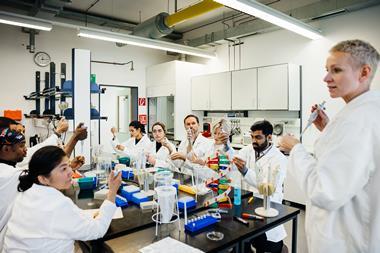

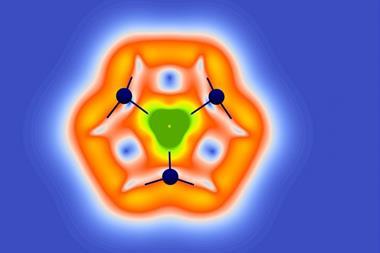
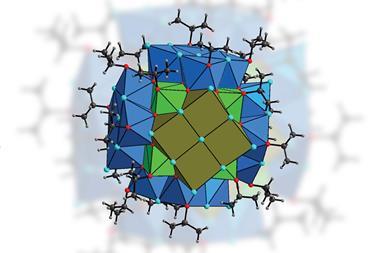
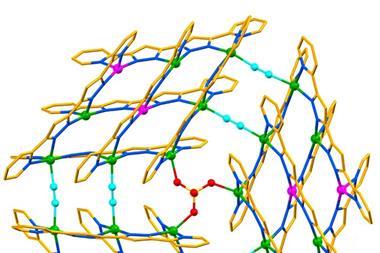









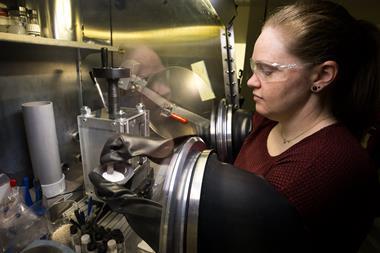
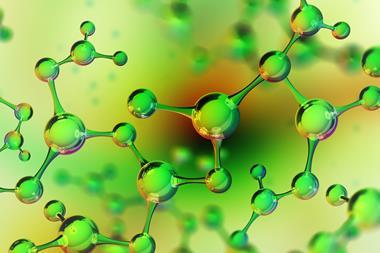
No comments yet